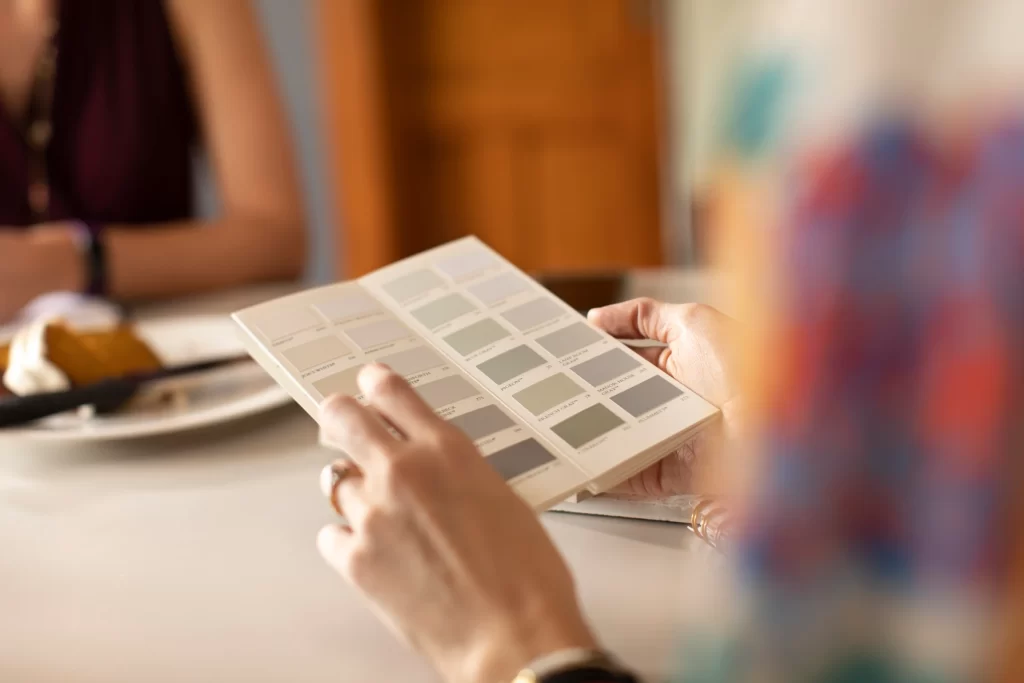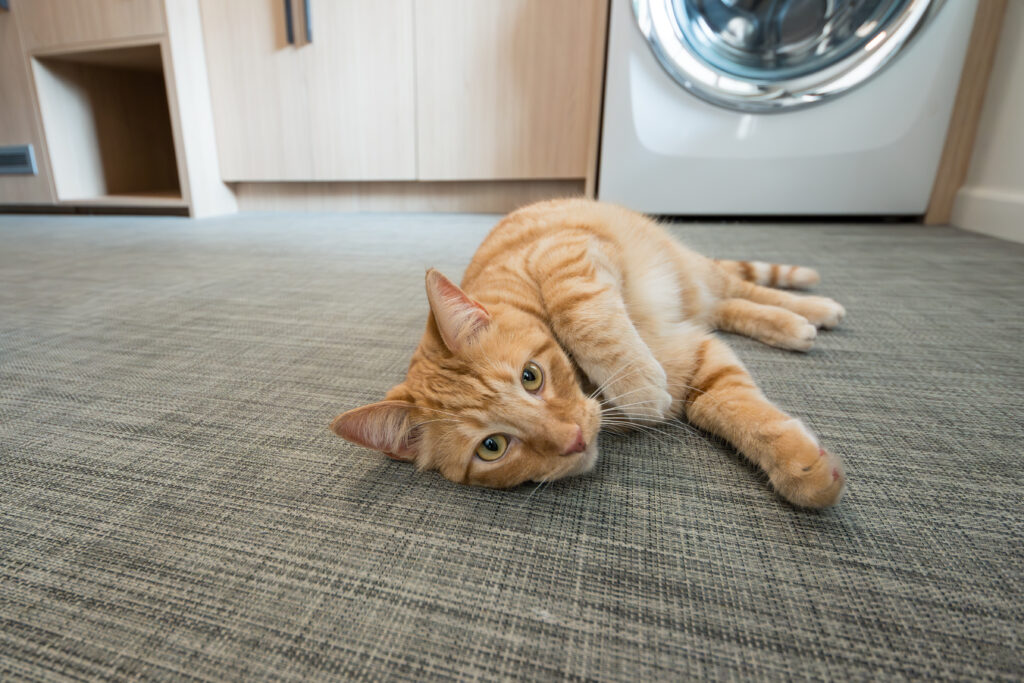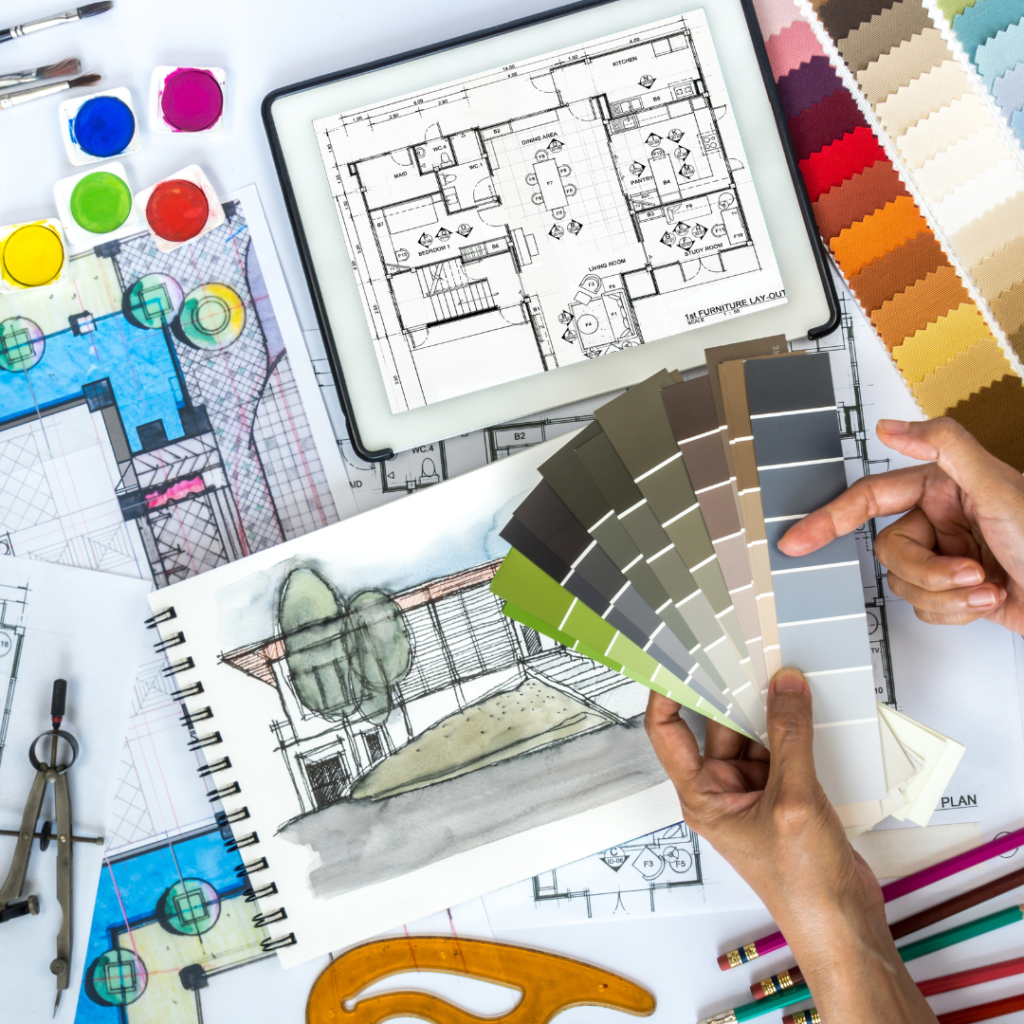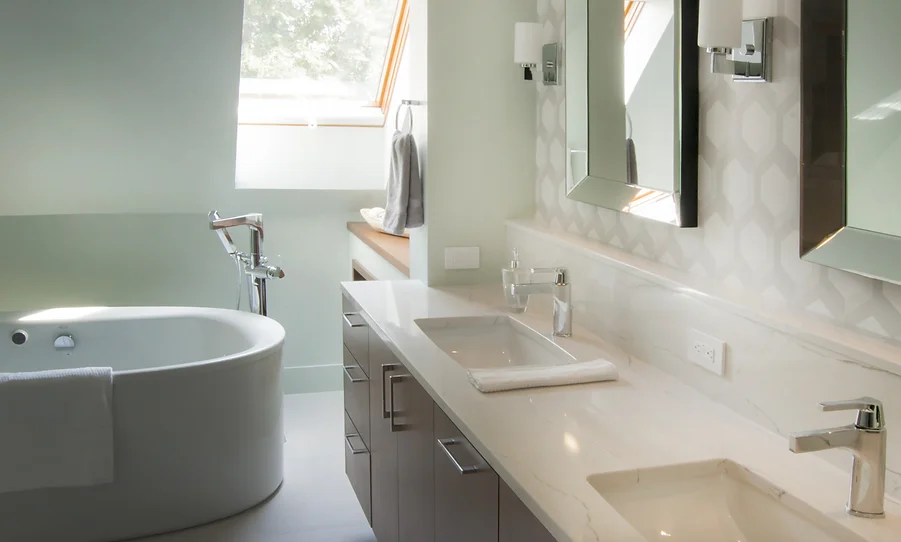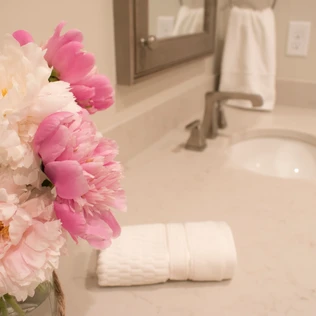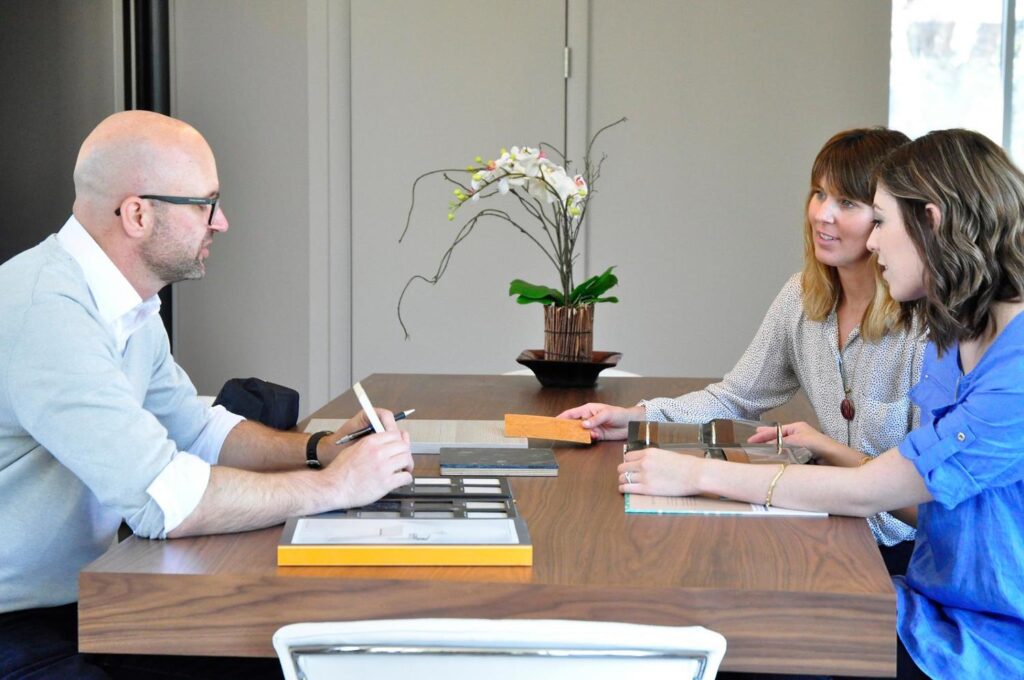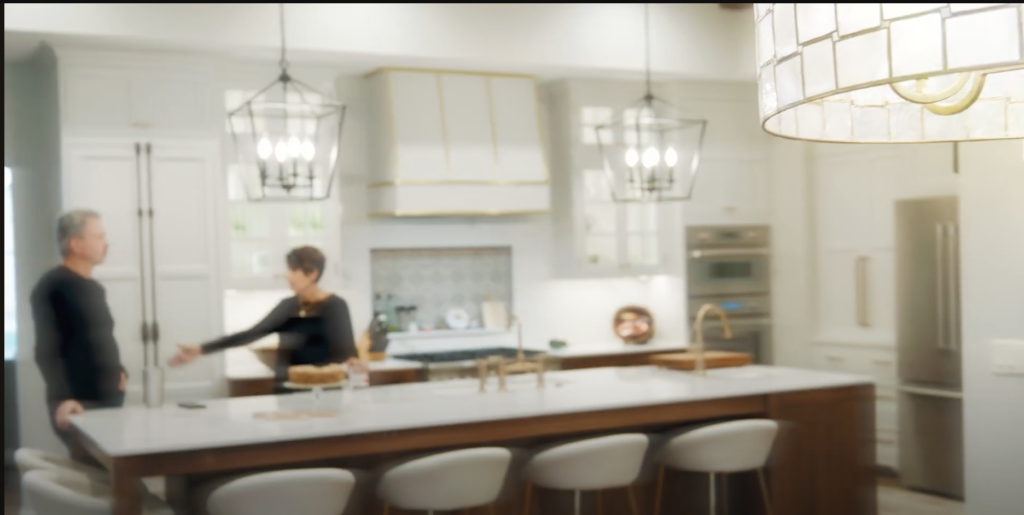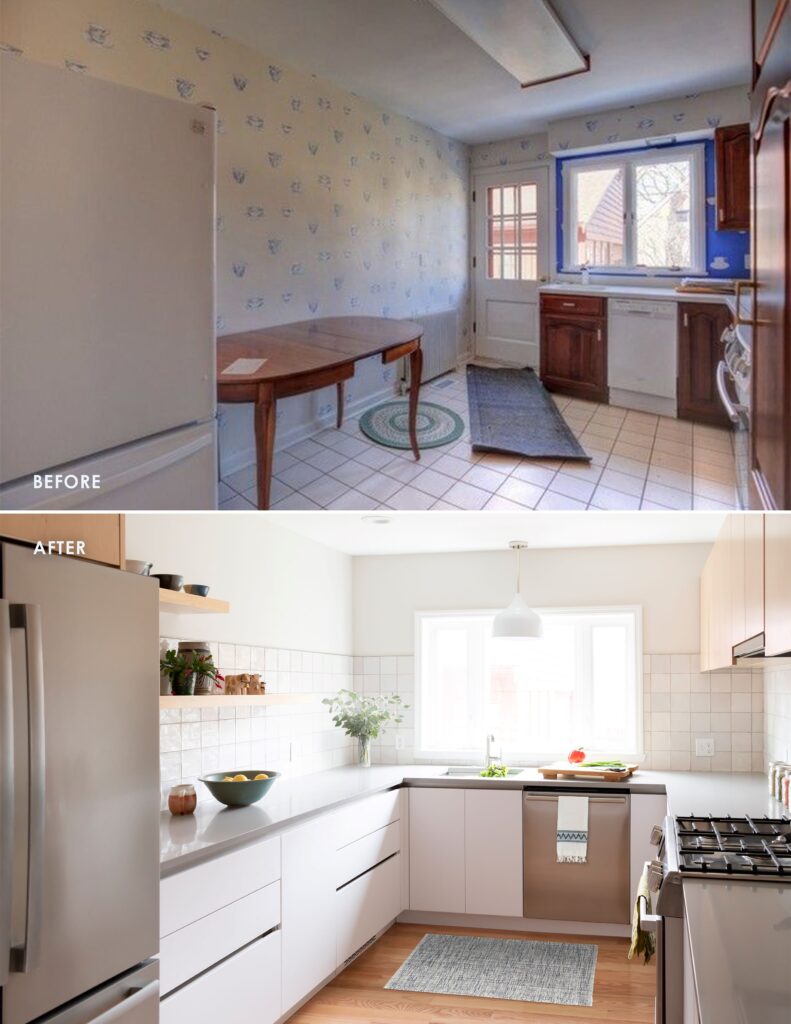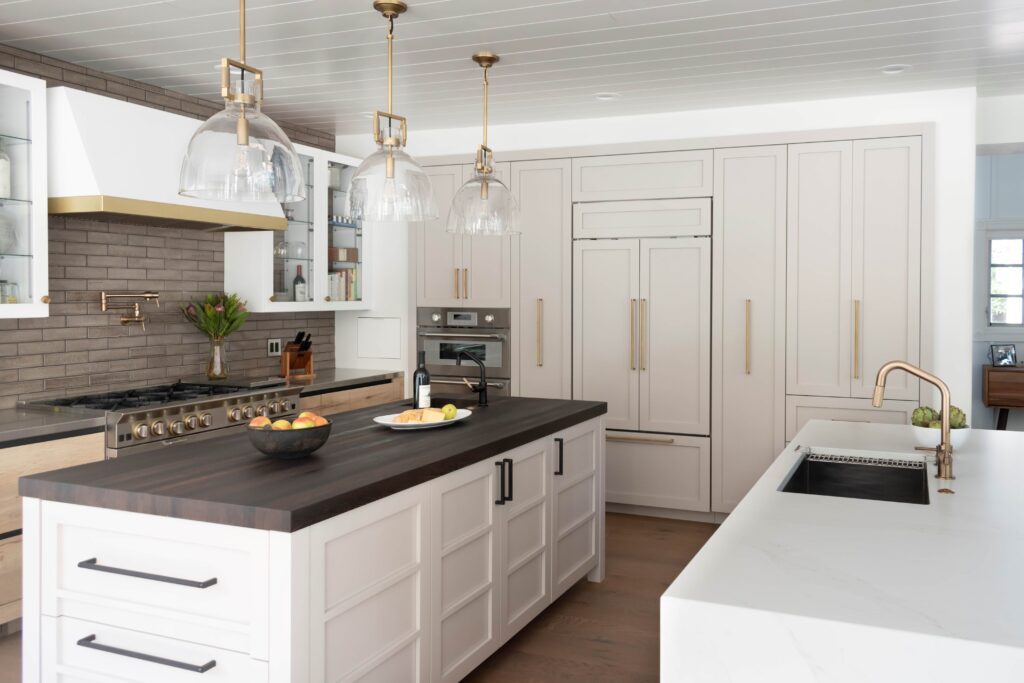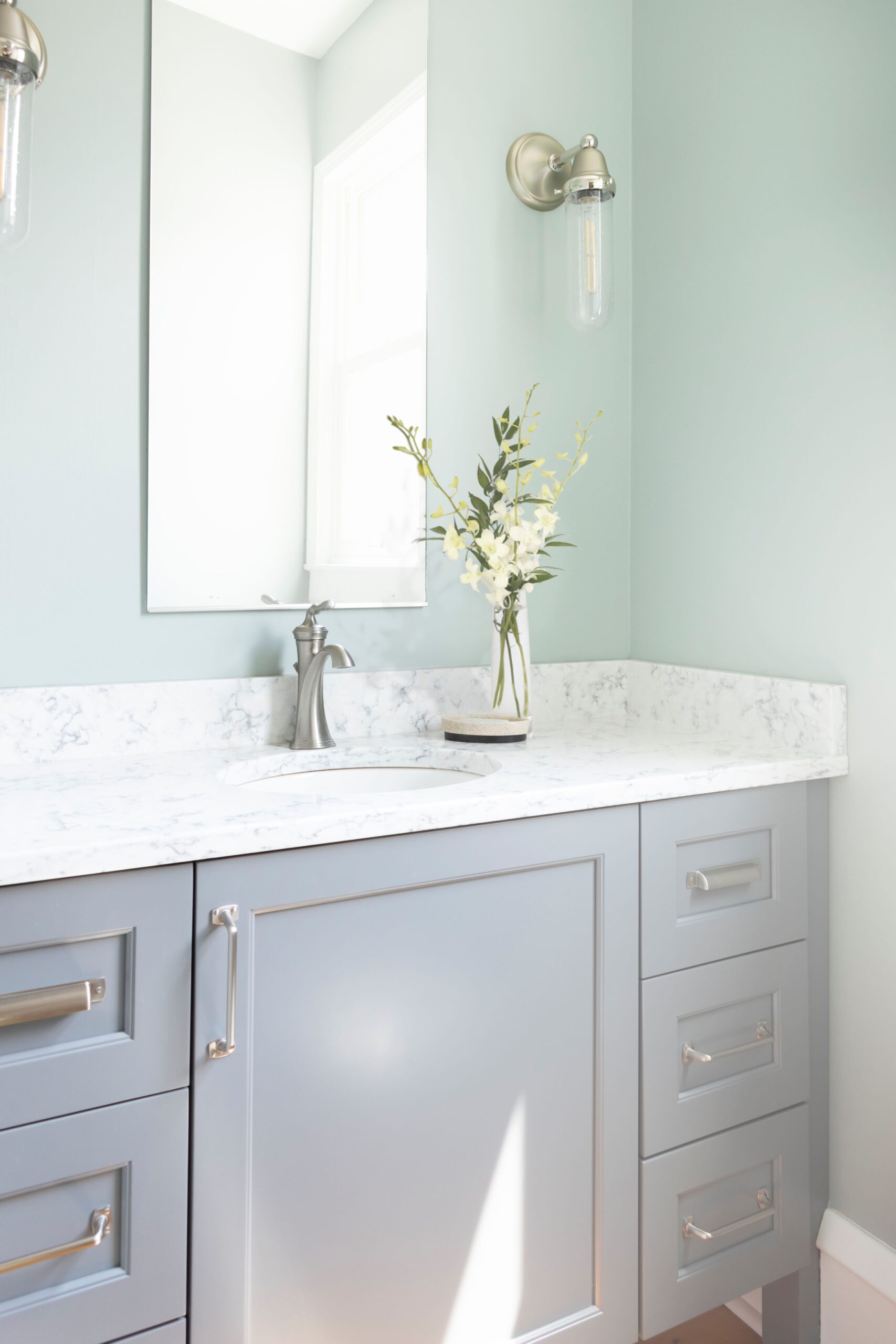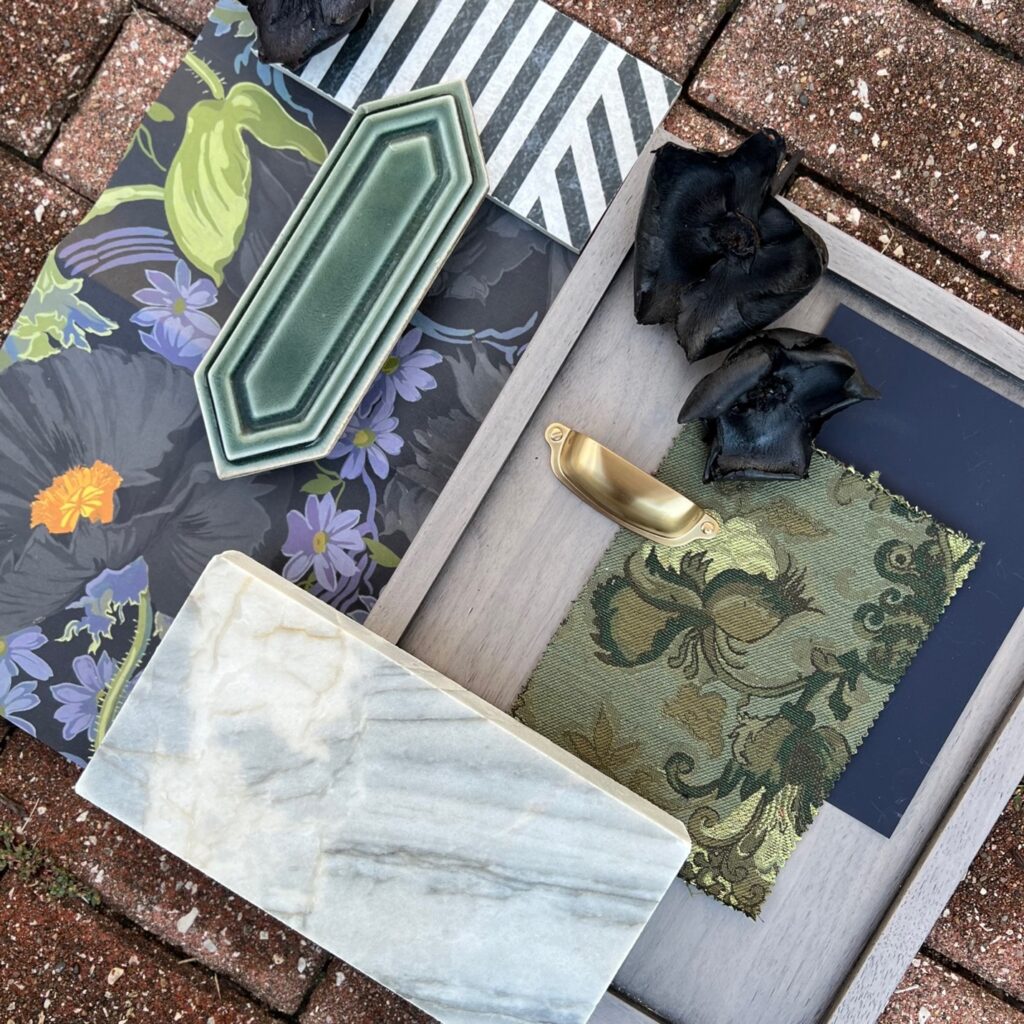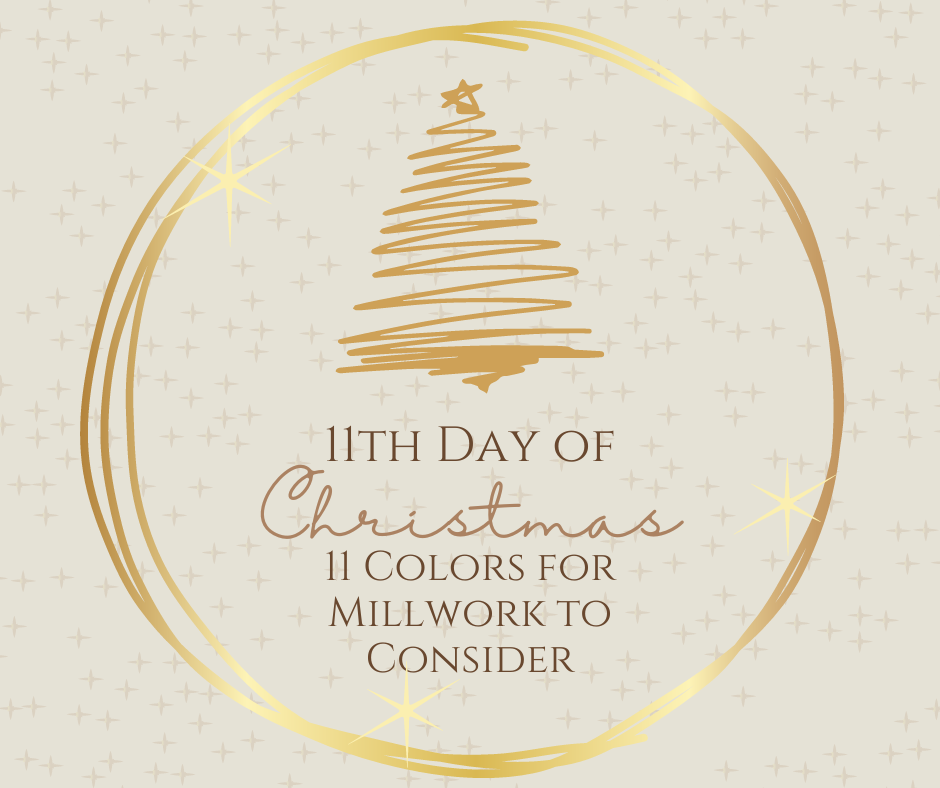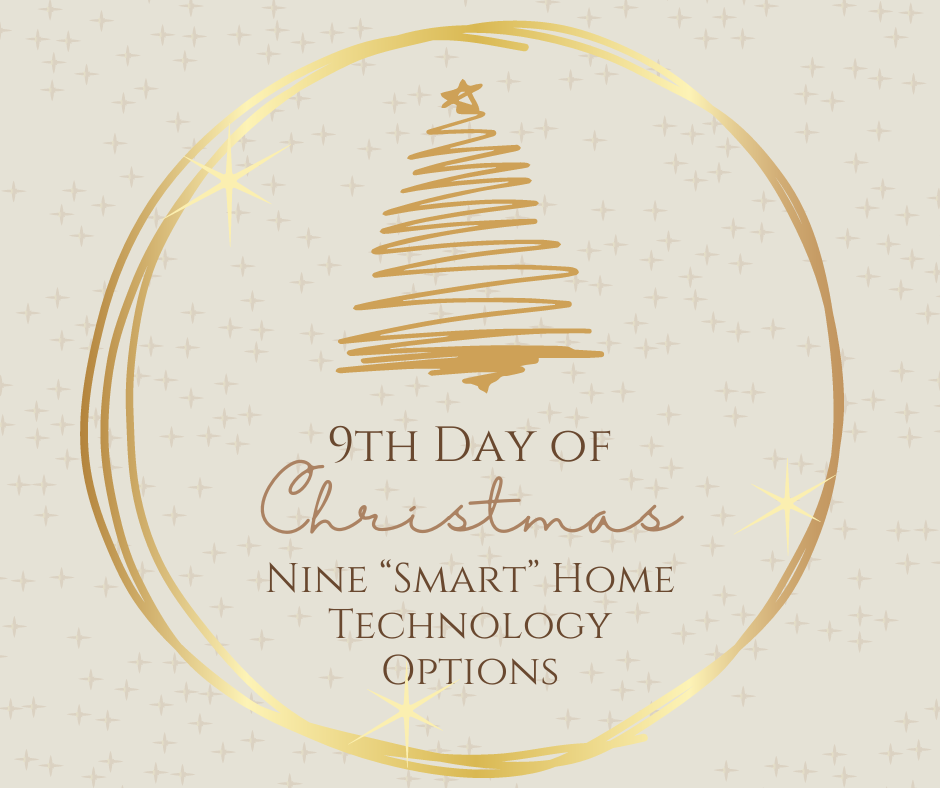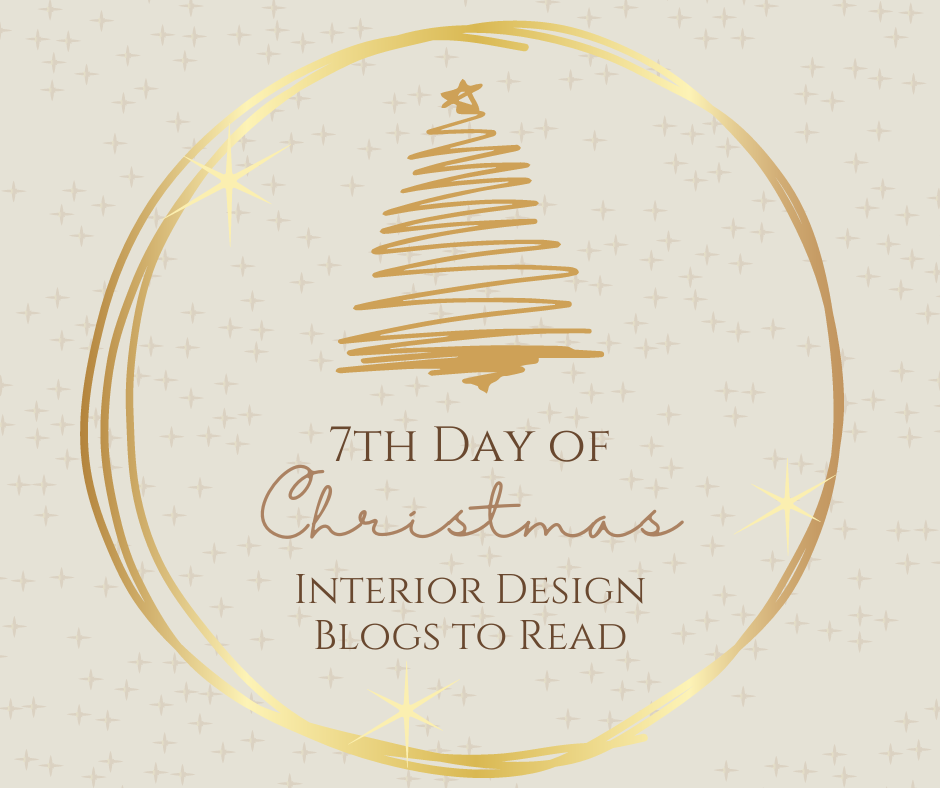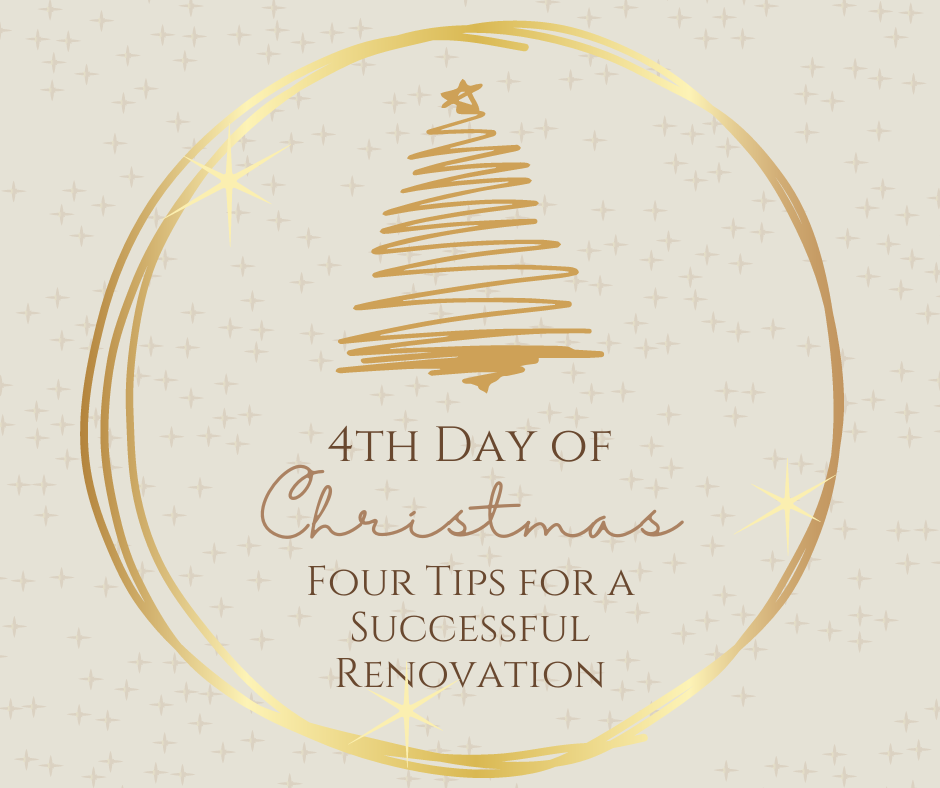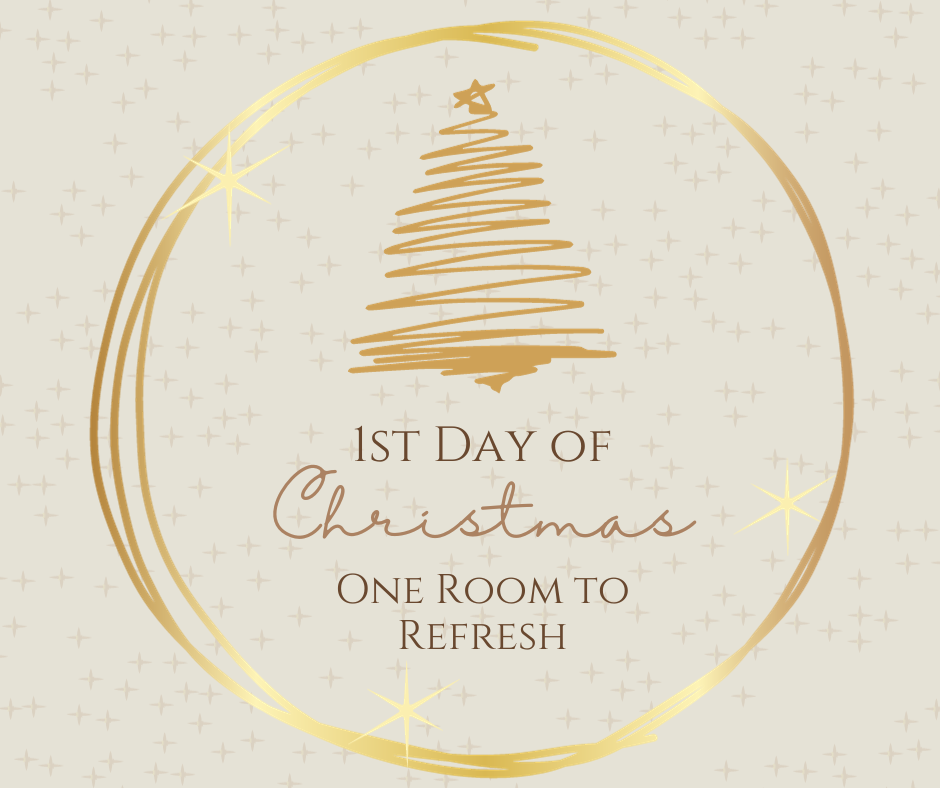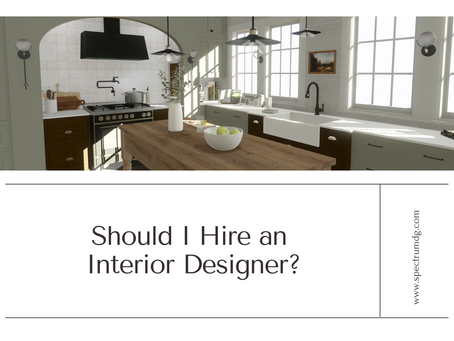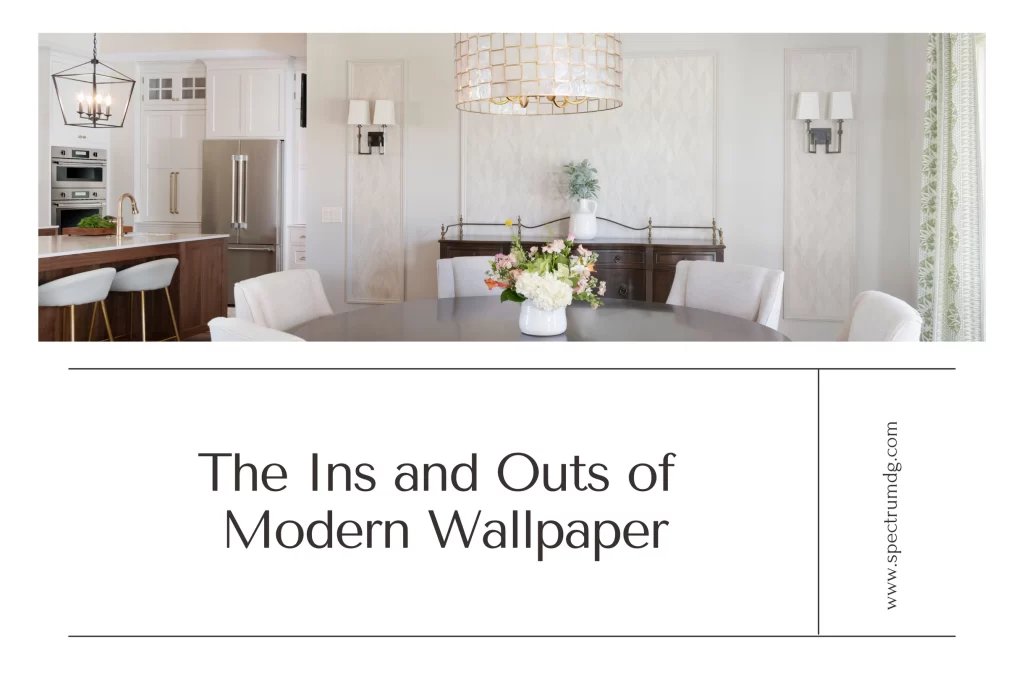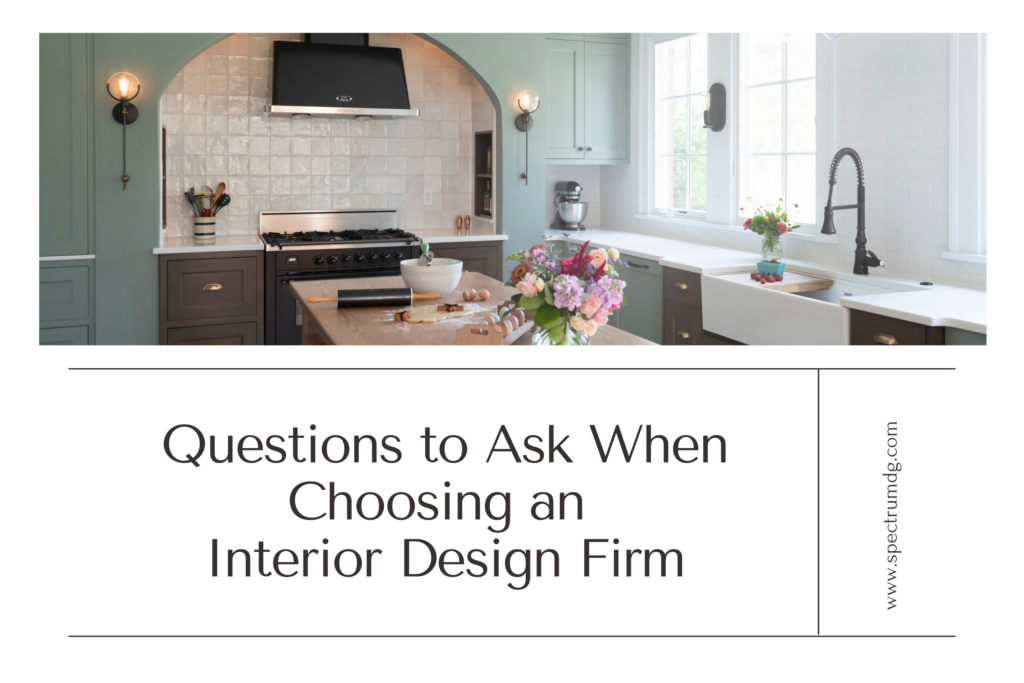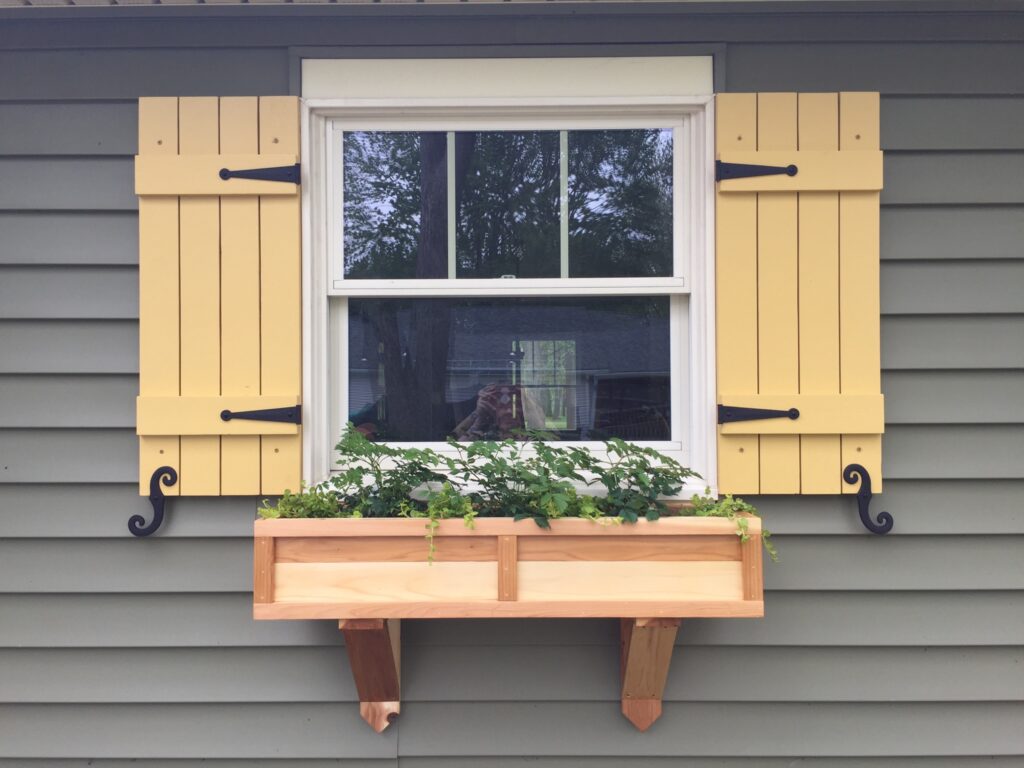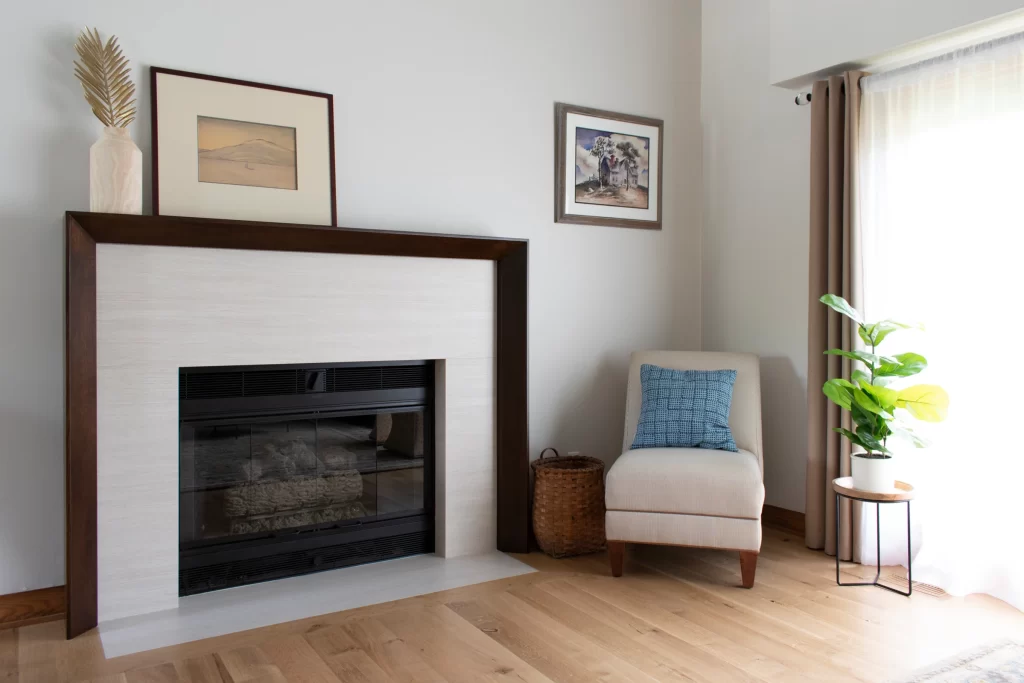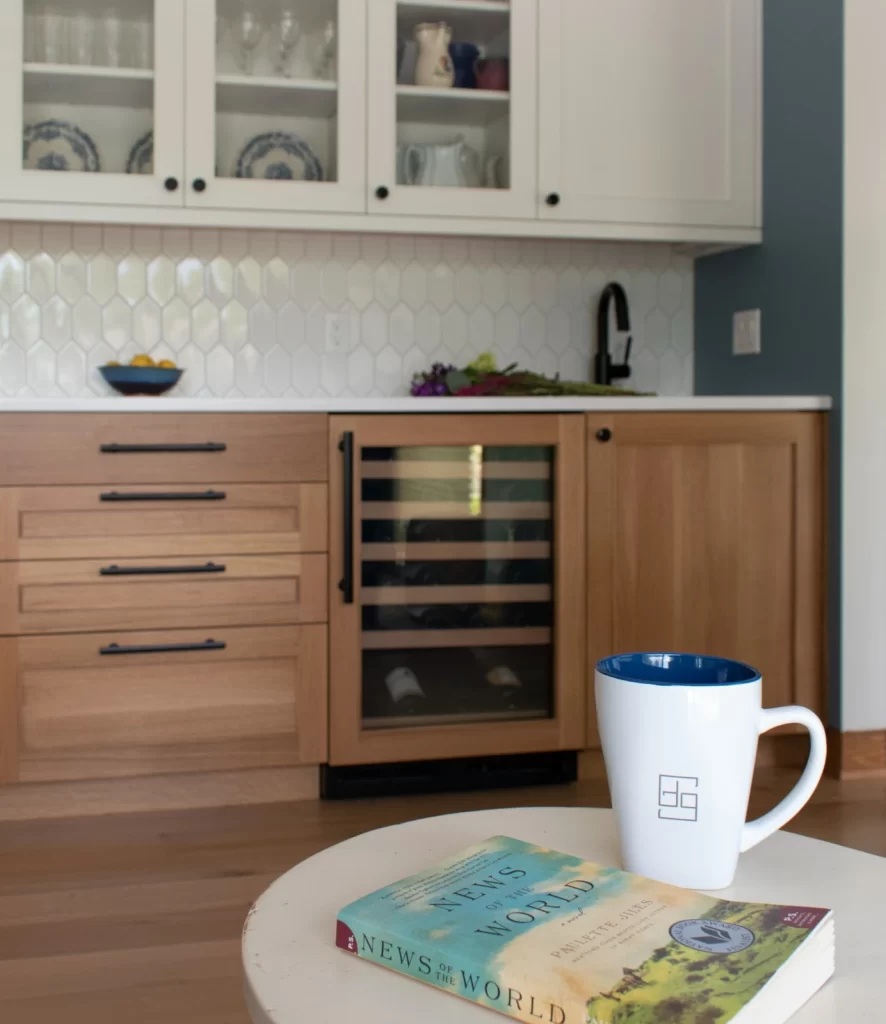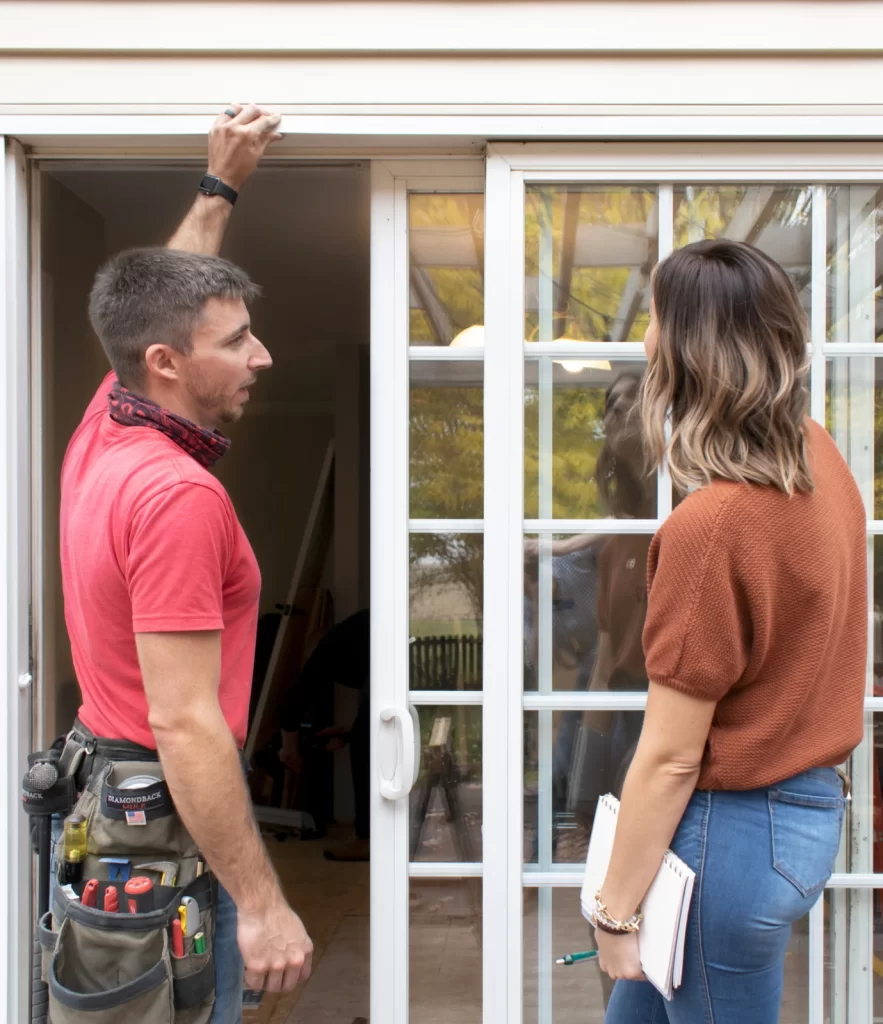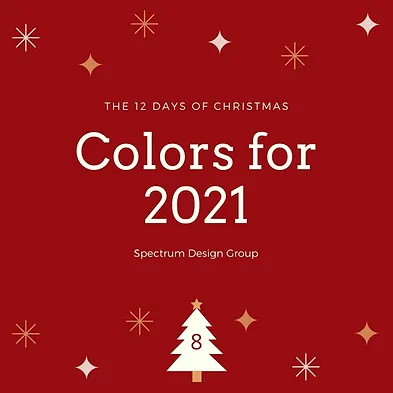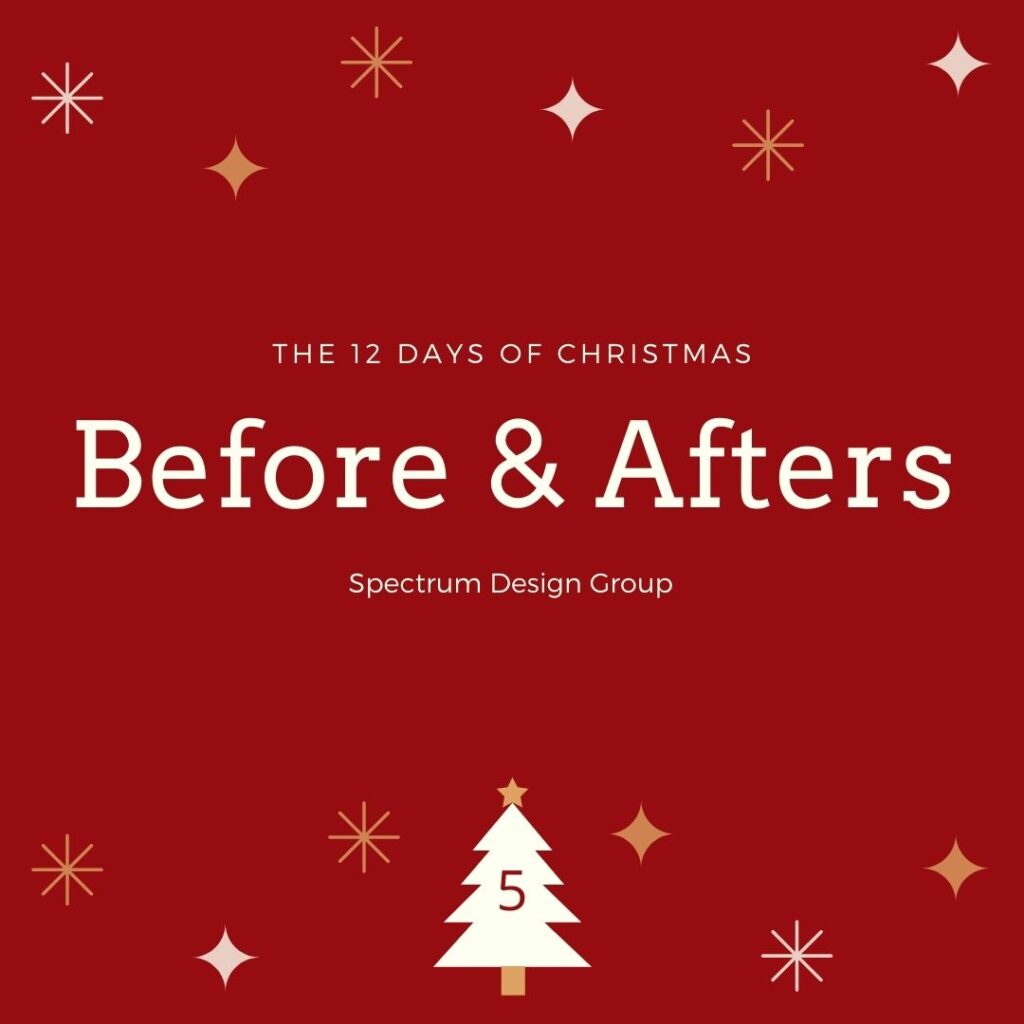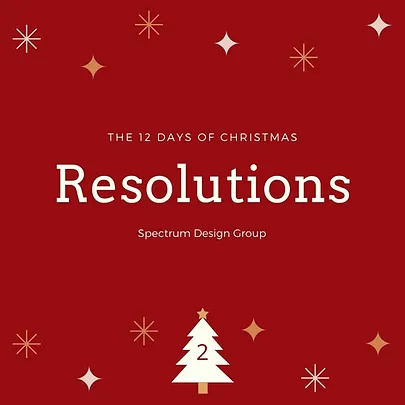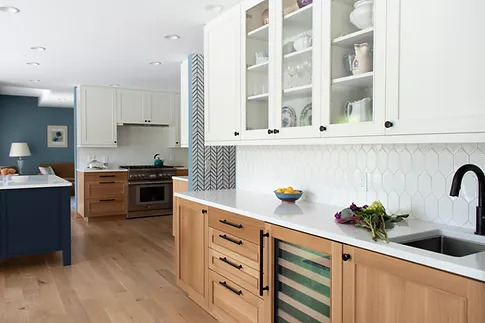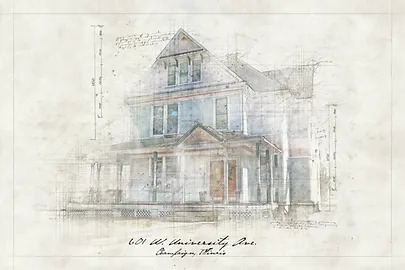The Responsibilities of a Good Interior Designer and a Good Client
Last week, we discussed everything you need to know about interior designers and how to interview them to find the right fit for you and your project. But that’s only half of a successful partnership, which happens because the people involved have figured out how to communicate and trust one another. Their work together is productive, and they experience positive outcomes. Each person involved understands they have responsibilities to fulfill to meet their goals. The same is true for the relationship (partnership) between interior designers and their clients. Each party must fulfill its responsibilities to ensure a beautiful outcome. Many people, however, have never worked with an interior designer and are uncertain what to expect. Never fear; we’re here to help. Read on to learn what you should expect from your interior designer and what they expect from you. The Responsibilities of Good Interior Designers Every interior designer is responsible for ensuring your project runs smoothly, meeting expectations, and achieving goals. The best interior designers will: Listen. Your designer needs to be someone who listens to you. Every home tells a story, and your designer must learn it. A good designer will use that story to make the space beautiful but also functional and enduring. Communicate. Interior designers must keep you informed about what’s happening with your project. They should be available to answer questions and receptive to your feedback. Interior design is very personal, so two-way communication is paramount. Adhere to the budget. The budget should be established at the beginning of the project. Interior designers need to know this so they don’t design something you can’t afford. Some clients feel withholding their budget is in their best interest, but the opposite is true. Withholding your budget only leads to disappointment when the designer designs something that includes everything on your wish list, but you ultimately can’t afford it. However, once the interior designer knows the budget, they must design within those parameters. They should present plans far beyond your budget boundaries if you tell them of a budget increase or the scope of work increases. Your Responsibilities as a Good Client A successful project is a two-way street. Yes, you are hiring someone to work for you, but you have responsibilities as the client that also help ensure a successful project. Communicate. Decorators and designers sometimes feel they need a degree in psychology, but they aren’t mindreaders. Communicate with them. Let them know what you like and don’t like, and let them know sooner rather than later. You will not hurt their feelings. It’s much easier (and cheaper) to make changes early. Be responsive and decisive. Your project will only stay on schedule if you are an active participant. Answer emails and return phone calls promptly. Answer questions and make decisions as quickly as possible. If you plan on going out of town for an extended period or will be unreachable, let them know so they can work around those periods. We provide a schedule for the entire design at the beginning of the project. That schedule includes all the meeting dates so the designer and the client can address conflicts early and add all pertinent dates to their calendars. Have an open mind. You’re hiring a professional to help create a beautiful and meaningful space. They can see the big picture; good interior designers will meld the new space with the old. It’s exciting to see where a good designer can take space when clients allow them to be their most creative. I like the clients who stand back and let the designer do what they do best, as their projects are often the most unique and creative. Trust them. The best projects are those in which the client completely trusts the designer. If you don’t trust your designer to do their best work for you and address the pain points you want to alleviate, don’t hire them. It takes a lot of trust in someone to feel free to have an open mind and to watch them take a project in a direction you may not have envisioned, but if you can trust the person you hired, your end product will be phenomenal. Begin with a realistic budget. Good interior designers will let you know immediately if your budget aligns with your vision or if you have champagne taste on a beer budget. If the budget is close, they can help you narrow your wish list so it works; otherwise, they should be upfront with you and explain that what you want cannot be done within your budget. Often, though, the scope of a project grows as the design progresses. For instance, you hire someone to redesign your kitchen, but then you realize you want the adjoining entryway updated as well, and the other walls look dingy now, so you want to paint the neighboring rooms, too. Unless you’re willing to cut some of your wish list items from the initially contracted kitchen project, you will need to increase your budget for both time and materials because now your designer is spending time on other areas outside the initial scope, and those areas will require additional materials. It may not seem like much, but scope creep is a big deal. Your designer isn’t trying to nickel and dime you or trick you. The increased scope does take more time. Working Together Communication and trust go a long way in building any relationship. When the right fit is found, the relationship built between a client and an interior designer can last for years. People may start as clients, but in the end, we call them family. It’s a beautiful business.

